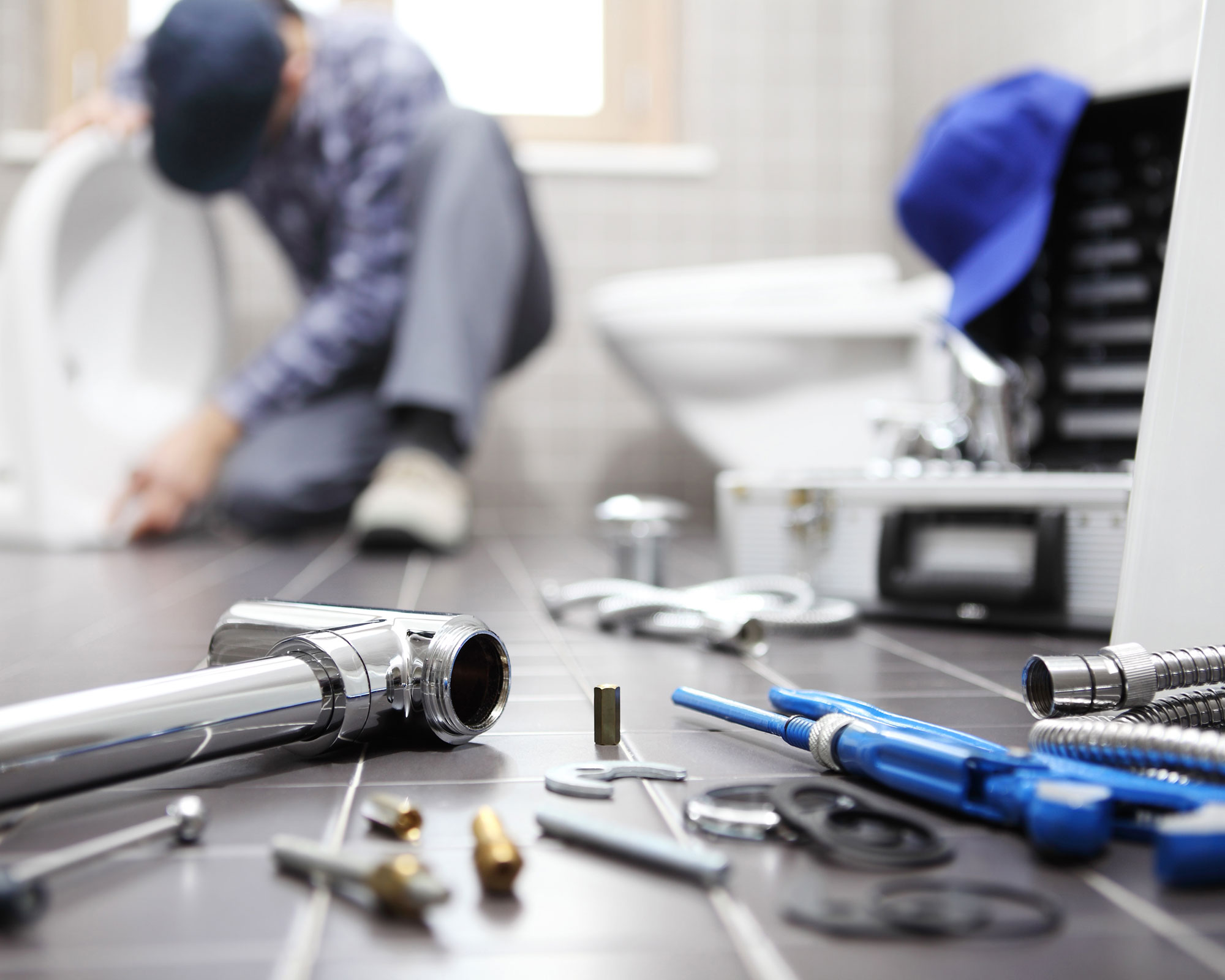Have you ever scraped leftover food off your plates and just flushed it down the drain? We’ve all been there. But have you ever wondered what happens to all that grease in your food? Unfortunately, it doesn’t magically disappear. It can build up in your pipes and cause serious plumbing issues. The good news is, there’s a simple solution: a grease trap.
What is a grease trap?
A grease trap, sometimes referred to as a grease interceptor or grease separator, is a plumbing device specifically built to remove and isolate fats, oils, and grease (FOG) from wastewater. It’s typically installed in commercial kitchens, restaurants, and other food service establishments to prevent FOG from entering the main sewer line. Some homes may also have a smaller version of a grease trap installed under the kitchen sink.
Types of grease traps
There are three main types of grease traps: gravity, automatic, and passive. Each type works in a slightly different way, but the purpose is the same: to prevent FOG from entering the sewer system.
- Gravity grease traps rely on gravity to separate FOG from wastewater. The trap has two chambers — one for collecting and storing FOG and another for releasing treated water into the sewer line.
- Automatic grease traps are more sophisticated, using sensors and mechanical devices to efficiently remove FOG from wastewater. These traps have self-cleaning mechanisms, which means they require less manual cleaning than gravity grease traps.
- Passive grease traps are smaller, simple devices that rely on a series of baffles and filters to separate FOG from wastewater. They require regular manual cleaning and maintenance.
How does a grease trap work?
A grease trap works by slowing the flow of wastewater, allowing FOG to float to the surface while heavier particles settle at the bottom. This separation process is aided by the use of baffles or screens that help trap and contain the FOG.
- Wastewater enters the trap – When water from sinks, dishwashers, and other sources enters the grease trap, it first passes through a strainer that catches larger food particles.
- FOG rises to the top – Once inside the trap, the FOG separates from the water and floats to the top due to its lighter density. This layer of grease is then contained in a separate chamber or compartment.
- Treated water exits – The remaining water, now free of FOG and other solids, exits the grease trap via an outlet pipe and enters the sewer line. Some traps also have a final filter to catch any remaining particles before the water is released.
Benefits of using a grease trap
Installing a grease trap in your home or commercial kitchen has several benefits, including:
- Preventing plumbing issues – By capturing and separating FOG before it enters the sewer system, grease traps help prevent blockages and backups that can cause serious plumbing problems.
- Extending the lifespan of your drainage system – Using a grease trap reduces the amount of FOG buildup in your pipes, which can extend the lifespan of your drainage system and reduce the need for costly repairs.
- Complying with regulations – Many municipalities and regulatory agencies require commercial kitchens to install and maintain grease traps to prevent FOG-related issues in public sewer systems. Using a grease trap ensures compliance with these regulations.
- Improving overall sanitation – A properly maintained grease trap helps maintain a cleaner and healthier environment in your kitchen by reducing unpleasant odors and minimizing the risk of pest infestations.
- Protecting the environment – By preventing FOG from entering the sewer system, grease traps help reduce pollution in local waterways and protect the communities from harmful contaminants.
Maintaining your grease trap
While grease traps are effective in preventing FOG-related issues, they do require regular maintenance to function properly. Here are some tips for maintaining your grease trap:
- Schedule regular cleanings – The frequency of cleanings will depend on the size of your grease trap and how much FOG it collects. A professional plumber can help determine a cleaning schedule that works for you.
- Properly dispose of FOG – Instead of pouring FOG down the drain (which defeats the purpose of having a grease trap), collect it in a separate container and dispose of it in the trash. Reach out to your local waste management company to learn about appropriate disposal methods.
- Avoid using harsh chemicals – Harsh chemicals can damage the inside of your grease trap and interfere with its function. Stick to natural, biodegradable cleaners.
- Hire a professional for thorough cleanings – While regular maintenance and cleaning can be done on your own, it’s beneficial to hire a professional plumber for thorough cleanings. They can also inspect the trap for any potential issues and perform necessary repairs, preventing minor problems from becoming major headaches.
A grease trap may not be the most glamorous part of your plumbing system, but it plays a crucial role in preventing costly and unpleasant plumbing issues. By understanding how it works and properly maintaining it, you can ensure its effectiveness in keeping FOG out of your sewer line and maintaining a clean and healthy environment in your kitchen.
If you need more information on grease traps, plumbing maintenance, or any other plumbing services in Wichita, don’t hesitate to contact Benefiel Plumbing. Our experienced team is ready to assist you with all your plumbing needs.
